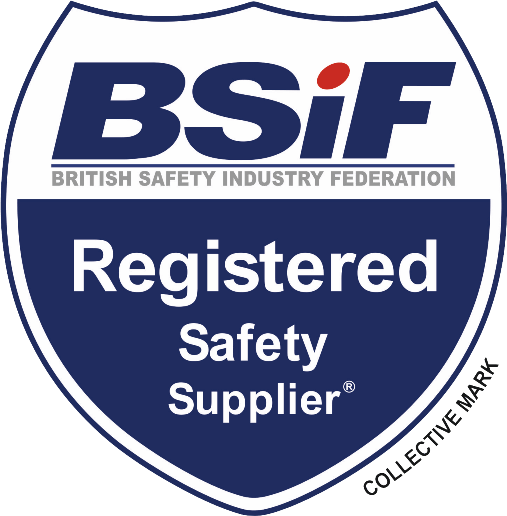You may have found this page because you're looking for safety footwear that keeps your feet warm in winter and cool in summer? If so, you've found the right place!
In this article, we are going to focus on the environmental hazards that end-users face so will be looking at the heat insulation (HI) and cold insulation (CI) markings and what these mean for the wearer.
It’s widely publicised that 80% of people will suffer foot problems in their adult lives. However, only 20% of yearly reported MSDs (musculoskeletal disorders) are lower limb disorders and most of these are broken bones i.e. toes and metatarsals so wearers that suffer from aching feet from unsupported, swollen, cold or wet feet are suffering in silence.
That means it's almost guaranteed your customer, colleague or team member is suffering in silence. Maybe it's you?
I've seen a specification marked with CI, What is CI?
Starting with CI, which is most important for the cold winter months, the CI test method involves the whole boot being placed in a cold chamber and a temperature probe measuring the temperature reduction inside the boot. This simulation measures the warmth retained within the boot in cold conditions. The standard test is set at -17°C (with a 2°C tolerance) and the temperature decrease inside must be less than 10°C. This test can be modified as low as -40°C with the same reduction parameters. This marking means that the footwear is certified to keep customers feet warm in cold conditions and is an ideal standard to specify in the colder months.
Why do your feet get cold? And, what happens to your feet when they get too cold?
Having cold feet causes a number of issues and the best advice is to wear the correct clothing, socks and footwear in the first place as once your feet are cold it can be difficult to get them warm again.
It’s important to note that your feet feeling colder is one of the body’s normal reactions to colder temperatures. Your body constricts blood vessels in your extremities when you’re in a cold area to reduce the heat the body loses. It concentrates on keeping warmth and blood flow around your vital organs and most important body parts, i.e. the brain and heart. If you are in cold temperatures for a prolonged amount of time the reduced blood flow can cause decreased oxygen saturation in your feet, which may cause them to take on a bluish colour.
When your feet get too cold you can worsen existing underlying foot problems such as plantar fasciitis (and other symptoms of sore feet) as well as reducing circulation. Serious issues caused by cold and wet feet include:
- Mild frost bite – or frostnip
- Trench foot (a type of immersion foot syndromes which are a class of foot injury caused by water absorption in the outer layer of skin) – which is still very prominent today
Now for keeping feet cool in warm or hot environments!
HI is the exact opposite of CI and measures protection against environmental heat. The HI test method involves a temperature-controlled boot at 23°C (with a 2°C tolerance) with the boot being placed in a heated sand bath at 150°C for 30 minutes. After the 30-minute test the inside of the boot is measured and must not increase by more than 22°C. The main benefit of this for wearers is in indoor environments with concentrated residual heat for example in foundries (where footwear certified to EN ISO 20349-2:2017 should be specified) or glass manufacturing plants. It’s also useful in construction and utilities when tarmacking or in hot works, where footwear also often conforms to HRO (constructed on a heat resistant outsole which is resistant to 300°C on contact).
What happens to your feet when they get too hot?
In hot temperatures, your feet can swell because their veins expand to cool the body.
This can cause several problems including:
- your footwear starting to feel too tight
- excess fluid will build up
- The excess fluid may also leak into surrounding tissue and collect in the ankles and feet.
As with the rest of your body, keeping your feet as cool as possible along with staying well hydrated by drinking plenty of water is a key preventative measure to your feet swelling.
End-users should request batch test reports from manufacturers to ensure the performance of the range of products they are buying. The recent change from the PPE Directive to the PPE Regulation (EU) 2016/425 means that manufacturers should batch test all production.
Please note sections of this article are written from experience, and include fragments from leading websites as well as direct extracts from EN ISO 20345:2011 (the European standard for Safety Footwear) and EN ISO 20344:2011 (the European test methods for Safety Footwear)
In summary, specifying the correct footwear for the wearers environmental conditions can make a huge difference to their comfort, health and wellbeing.


